If you’re a gardener, then chances are that you’ve considered saving seeds from your garden fruits, vegetables, herbs, and flowers. Perhaps someone has asked you to save seeds for them. Or maybe your favorite gardening influencer has extolled the benefits of saving seeds.
It’s no wonder, so many people have encouraged others to save seeds – there are so many benefits to saving your own garden-grown seeds!
Here are the top 10 reasons I have found to save seeds from your home garden.
1. Cost Savings
This is one of the most practical reasons that people choose to saved seeds. Buying new seeds year after year can add up financially over time. By saving and growing your own seeds, you reduce your gardening expenses and potentially save money by not having to purchase new seeds or seedlings.
2. Self-sufficiency
By saving your seeds and growing new plants from them, you create a closed-loop system of food production that can protect you from seed shortages or other disruptions in the food chain.
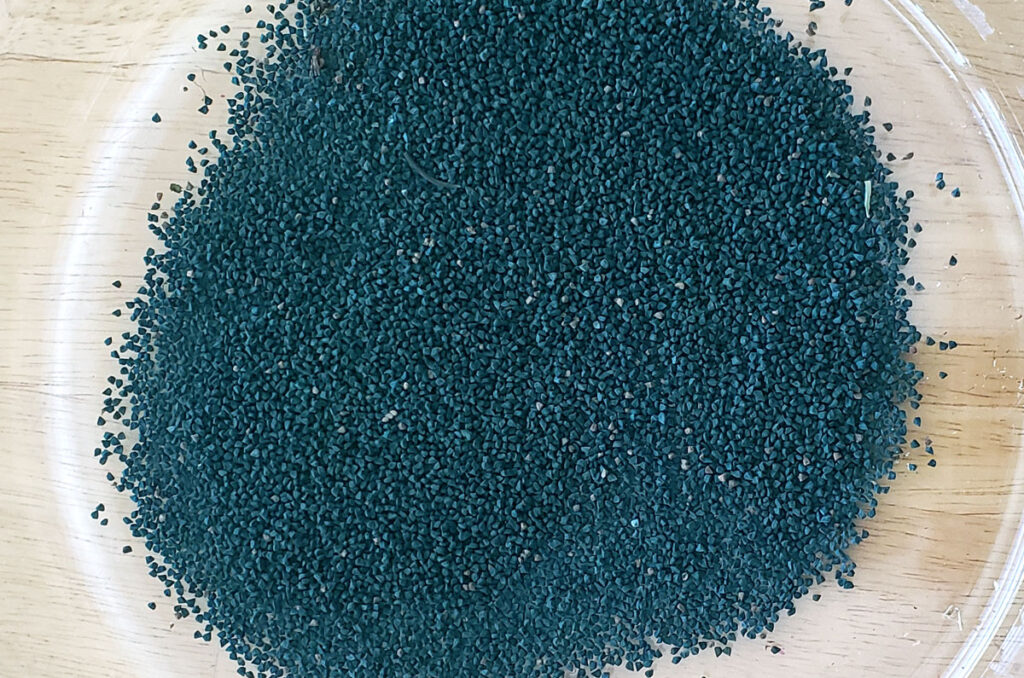
3. Sharing with Others
Almost always, when saving seeds, you will have an excess – plants are so beneficial that way! Sharing seeds with others fosters community, builds friendships, and encourages the spread of local plant varieties. Seed libraries are a great place to share and exchange. Many public libraries have incorporated seed libraries into their services. There are also online communities where people swap seeds.
4. Adaptation to Local Conditions
As plants grow, they adapt to their environments. These adaptations are passed on to the seeds to create a stronger chance of survival. Seeds that have adapted to your specific climate conditions, unique soil, and built a resistance to your garden’s pests and diseases will result in hardier, more resilient plants.
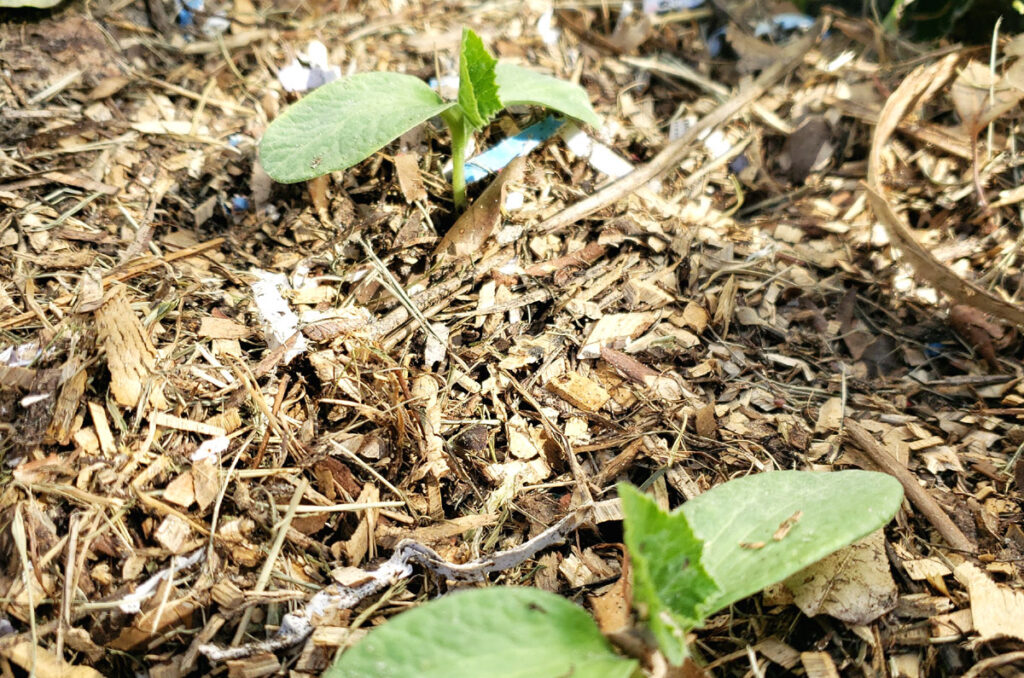
5. Preserve Genetic Diversity
Many of the large seed companies focus on a limited range of popular varieties, which can lead to less diversity. Saving your own seeds leads to better genetic diversity contributing and to the conservation of unique genetic resources.

6. Customization
By selecting and saving seeds from your healthiest, tastiest, or most productive plants, you customize the next generation of seeds. Over time this selection process allows you to create your own custom varieties tailored to your personal preferences.
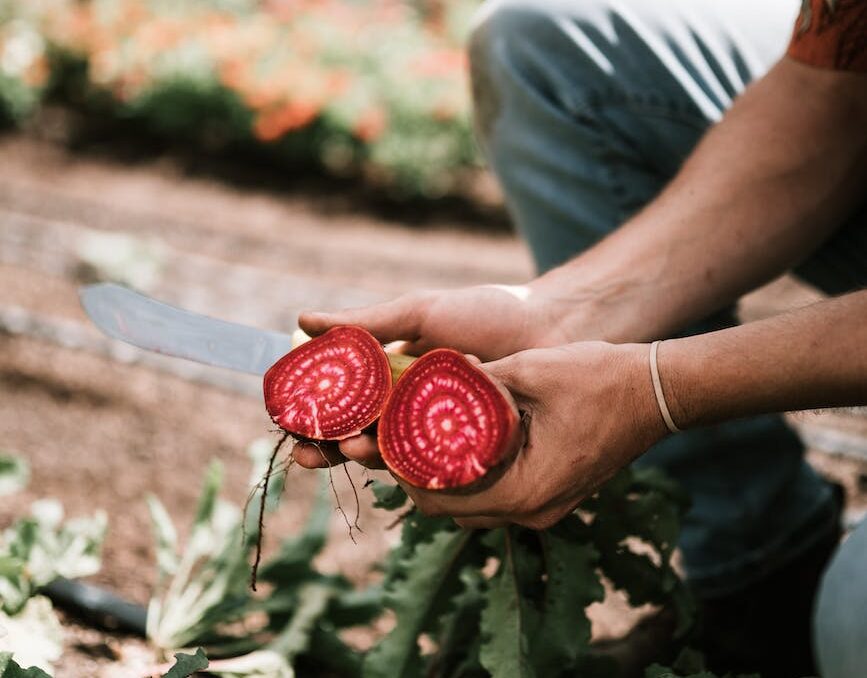
7. Emergency Preparedness
In uncertain times, having a stash of seeds saved can be a form of preparedness. This can protect you in times when there are natural disasters such as floods, fire, or drought. You’ll be able to grow food for yourself and others, or trade seeds for other necessary items. There are many ways that seeds can be stored over long periods of time to prepare for hard times.

8. Education and Learning
The process of saving seeds can help you learn about plant biology and the natural life cycle of plants. It’s an excellent way to introduce children to where their food comes from and to learn more about the natural world. It’s a fun hobby to explore the uniqueness of seeds. Seed saving may even lead to a career in researching and learning more about seeds.
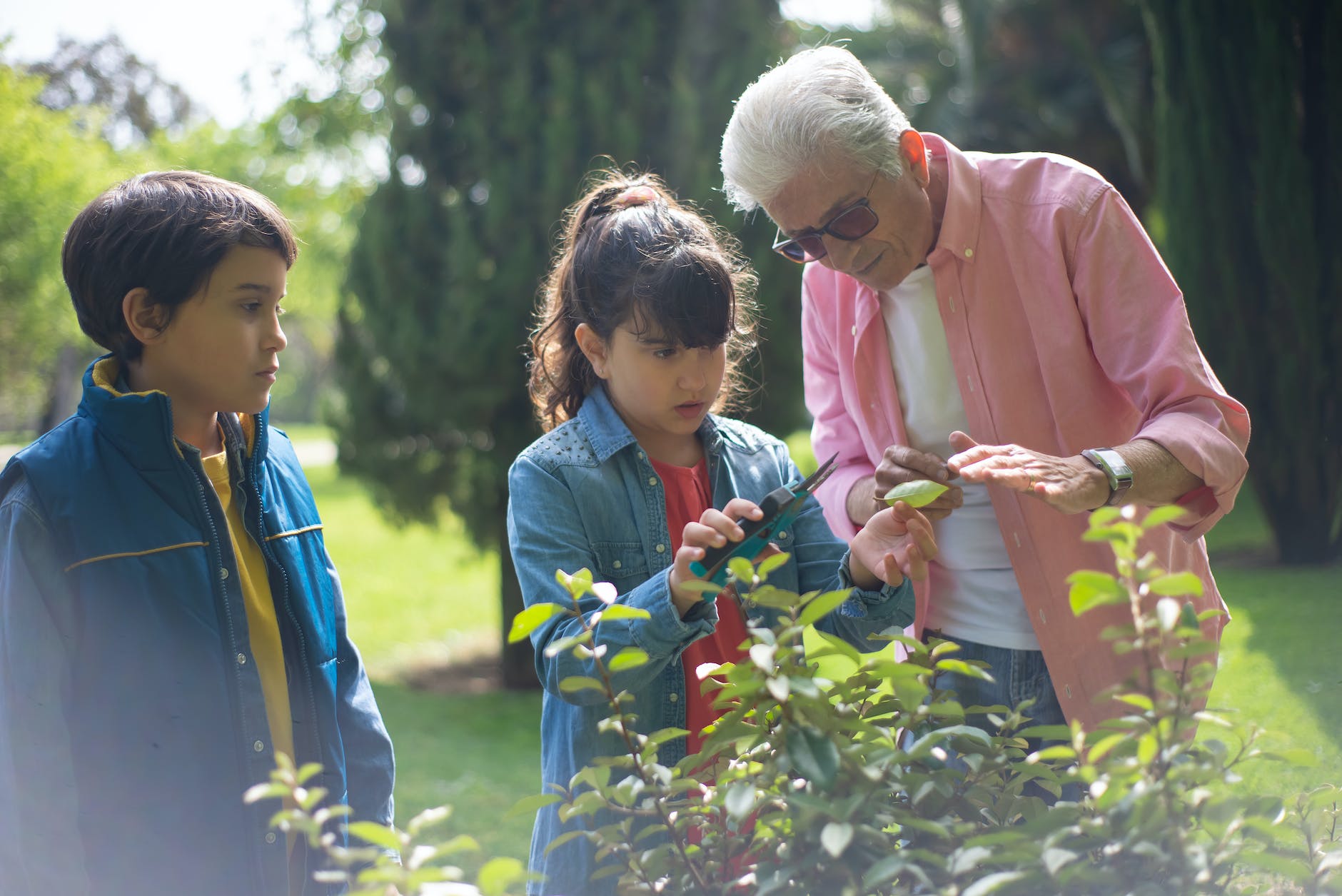
9. Environmental Benefits
We can reduce the environmental impact of large-scale seed production with it’s high use of energy, water, and chemical inputs by saving our own seeds. By growing regionally adapted seeds in your specific location, you can help your plants grow stronger and healthier which reduces their need for chemical inputs such as pesticides and fertilizers.
10. Historical and Cultural Significance
Over the history of humanity, saved seeds have adapted and developed their own genetic diversity through customized seed selection of the people who saved them. Many of these seeds have stories handed down over generations. Some seeds and seed saving practices have spiritual significance for indigenous people. They are a history of our food and culture. Their stories are a part of our stories.
My Reasons for Saving Seeds
I have been saving seeds from my gardens for many years now. I have enjoyed the benefits of saving money and being more self-sufficient.
Many of my fruits, vegetables, herbs, and even some trees were grown from seeds I had received in seed swaps.
Over the years, I have saved seeds over and over from the same varieties and I’ve seen how the plants have adapted.
I continue to learn about seeds and expand my seed-saving skills. The heirloom seeds of my region such as Seminole Pumpkin and Everglade Tomatoes have prospered as I’ve saved and regrown them season after season.
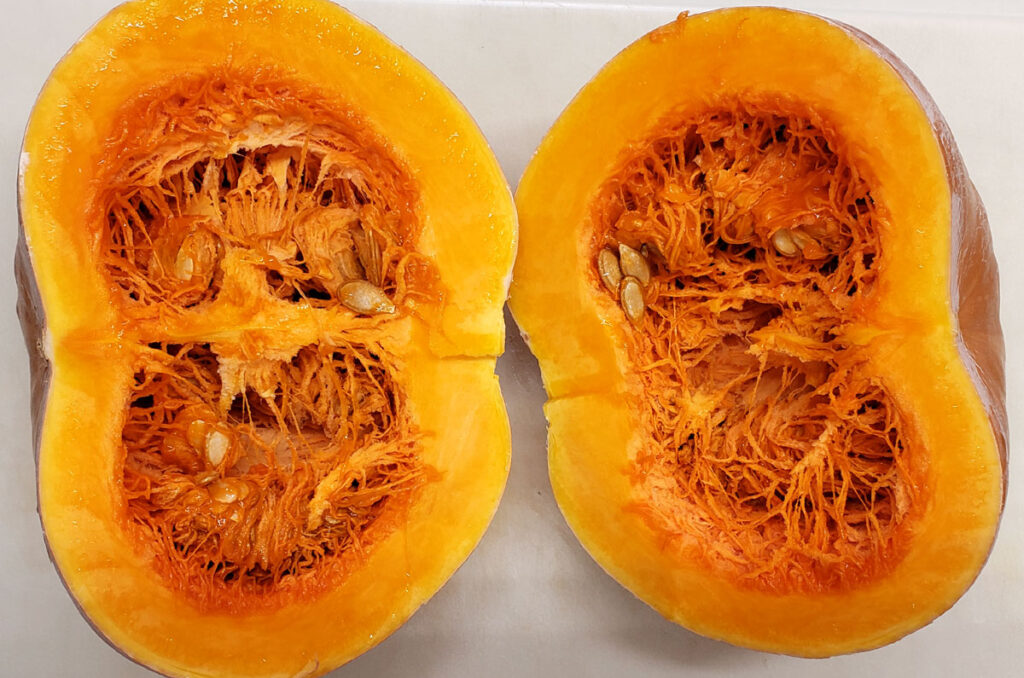
The new varieties and flavors of food from these seeds have not only benefitted me and my family, but people I’ve shared seeds with. Plus, all this variety has enriched the bees and insect life of my garden.
As you can tell, I am quite passionate about seeds!
How about you?
Are you interested in how to save seeds?
Read: Seed Saving 101, an introduction to the basics of home garden seed saving. Learn how I started tomato and peppers from seeds I had saved and bought in my Garden Journal Post: January 2023.
And check out the resources below for more information. These are some of my favorite places to learn about seed saving.
Resources for Seed Savers
- Seed to Seed by Suzanne Ashworth – My go-to book for seed saving and growing techniques.
- Seed Savers Exchange – A certified 501(c)(3) nonprofit organization that is an educational extravaganza of all things seed saving! Please support them!
- Organic Seed Alliance – Another certified 501(c)(3) nonprofit. An essential resource for organic seed growers!
- Seed Chats with The Urban Farm – Their monthly seed chats are a wealth of information.
- HomesteadByDesign – My Etsy Shop is filled with printable DIY seed-saving envelopes, seed-growing trackers, seed inventory lists, plant profiles and more!
[…] inventory of your seeds in stock and note what you may need to purchase. If you save seeds like I do, not having to purchase extra seeds will free up your purchasing power to buy more of something […]